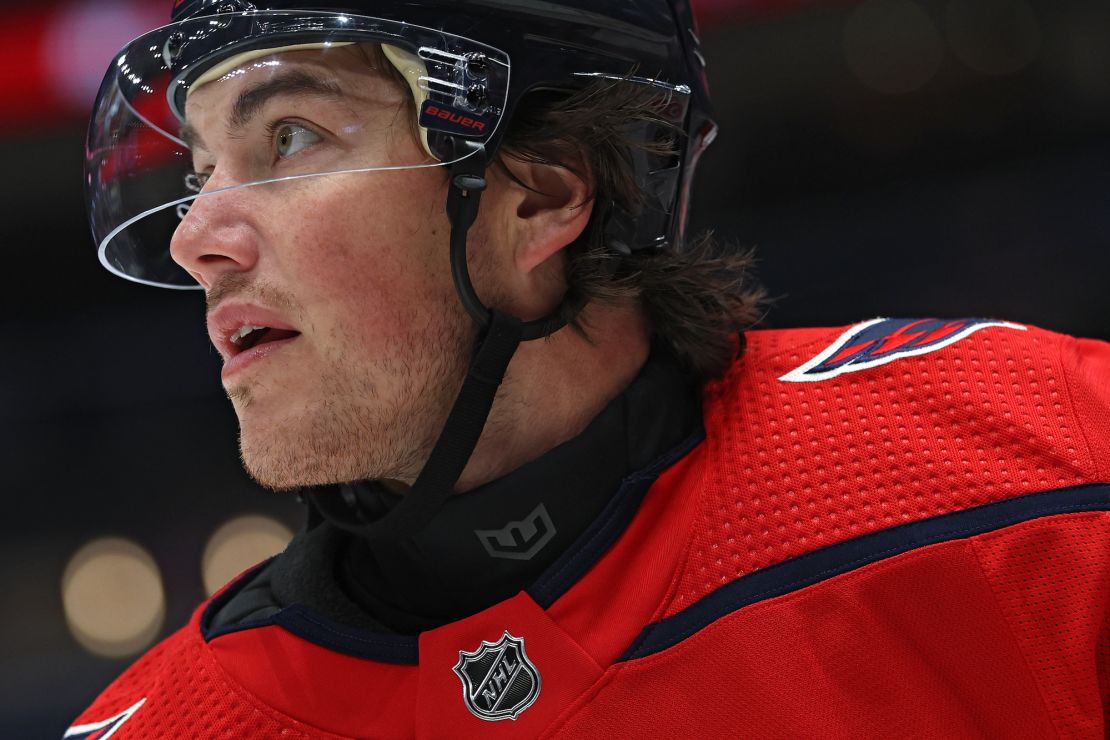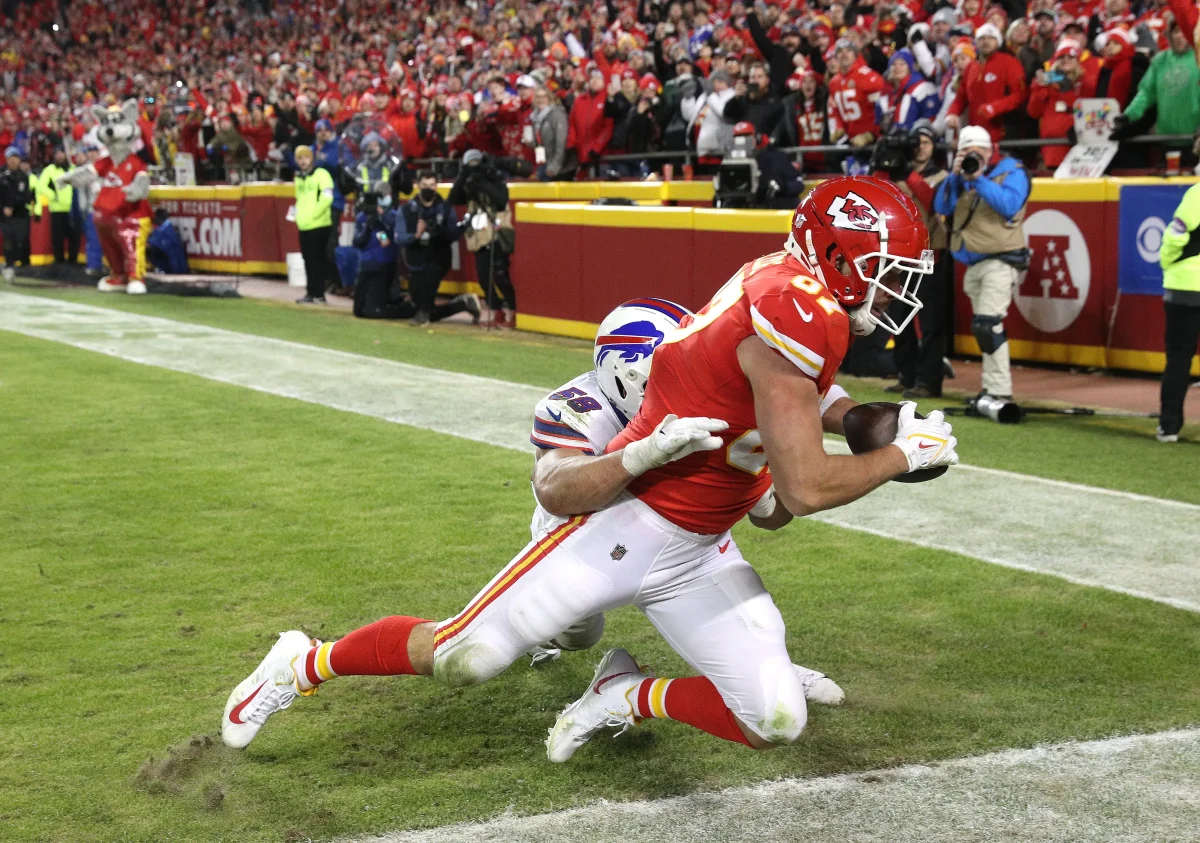Skate blade injuries in the NHL have been increasing drastically over the past few years/ The injuries range from mild damages and near misses to neck lacerations and deaths. It’s not uncommon for a hand or an arm to get slashed in an accident on the ice and that prospect has begun to worry both players and fans. Many call for a new piece of equipment to be used to help lessen these risks, a neck guard.
The History
Hockey has always been a risky sport. Broken noses, smashed jaws, and missing teeth are often simply regarded as par for the course. It actually wasn’t until 1979 that helmets were made mandatory for all hockey players. 2013 was the
year face shields were mandated, although some players still don’t wear them, like Ryan O’Reilly of the Nashville Predators. Protective gear is always met with a fair bit of pushback by the players who are resistant to the new gear even in the face of clear risks. Bill Masterson sustained life-ending head injuries, leading to him being the only player to ever die on the ice and it still took eleven years after his death for helmets to become mandatory. The younger generation of players are far more open to the gear and have historically adapted to the face shields and now neck guards in stride. The modernization of hockey has led to a far less dangerous game but there are still concerns.
The death of Minnesota native Adam Johnson in 2023 was the wake-up call many fans and teams needed to call for the neckguard mandate. Johnson took a blade to the neck and died in the hospital later that day. His death was ruled as a “freak accident” but upon closer inspection, this isn’t the case. Other players have been permanently injured or killed by skateblade injuries in the past. Clint Malarchuk bled out on the ice for all to see in 1989 thanks to a blade to the neck, only barely surviving his injury. Erik Karlsson, who at the time was only 22, had his Achilles tendon cut in 2013 when Matt Cooke stepped on his ankle. He thankfully was able to make a full recovery
but the injury still occurred, and benched him for months. He even implied Cooke did it intentionally. Evander Kane had his wrist slashed in a fall, where he got tangled with Pat Maroon’s skate. This particular brand of injuries are not “freak accidents” or rare occurrences. They are incredibly common and even more dangerous.
Preventive Measures
The NHL is statistically not prone to making changes, specifically mandating more gear. It takes a lot for them to change their ways, as evidenced by just how long it took for helmets to be made mandatory after Bill Masterson’s death. Or by how many players earned themselves a smashed face before face shields became a necessity. Even then it’s not heavily enforced.
Many players, fans, and coaches call for neck guards to be made mandatory to step onto the ice. They are a simple piece of equipment, a cuff of foam, cloth, and most importantly, kevlar that fastens around the player’s neck via velcro. They aren’t a particularly big or bulky piece of equipment but they are still met with a l
ot of pushback from professional players. They find them to be uncomfortable, and unnecessary since neck lacerations happen infrequently.
But these problems don’t just pertain to the NHL and the
pros. In 2022 Teddy Balkind, a sophomore in a high school in Connecticut died in a high school hockey game after falling to the ice and having his throat slashed. Teddy’s death spurred on the concerns of parents of youth hockey players and continues to put more pressure on the NHL. A mandate has since been issued mandating a neck guard for players under the age of eighteen across the US but the NHL still shirks from the demands.
Not all players are resistant to the neck guards, however. The Buffalo Sabre’s defenseman Ramus Dahlin was one of the first players to try out a neck guard following the death of Adam Johnson. The aforementioned Erik Karlsson wears a neck guard, despite his previous injuries not being dealt to his neck. Karlsson and the rest of the Penguins have taken a stance promoting the neck guards for all players. Some other ideas surrounding the issue of skate blade injuries are heavily padded skates to prevent damages from being kicked, and heavier padding on the arms and legs but nobody takes that very seriously as increased padding at some point becomes a hindrance to players. There’s only so much gear a player can wear and still play effectively. 
Neck guards are well on their way to becoming mandatory for the NHL players but aren’t quite there yet. Many people will continue to push and promote the safety equipment and hopefully, the neck guards will prevent incidents like the deaths of Adam Johnson or Teddy Balkind from happening again.








